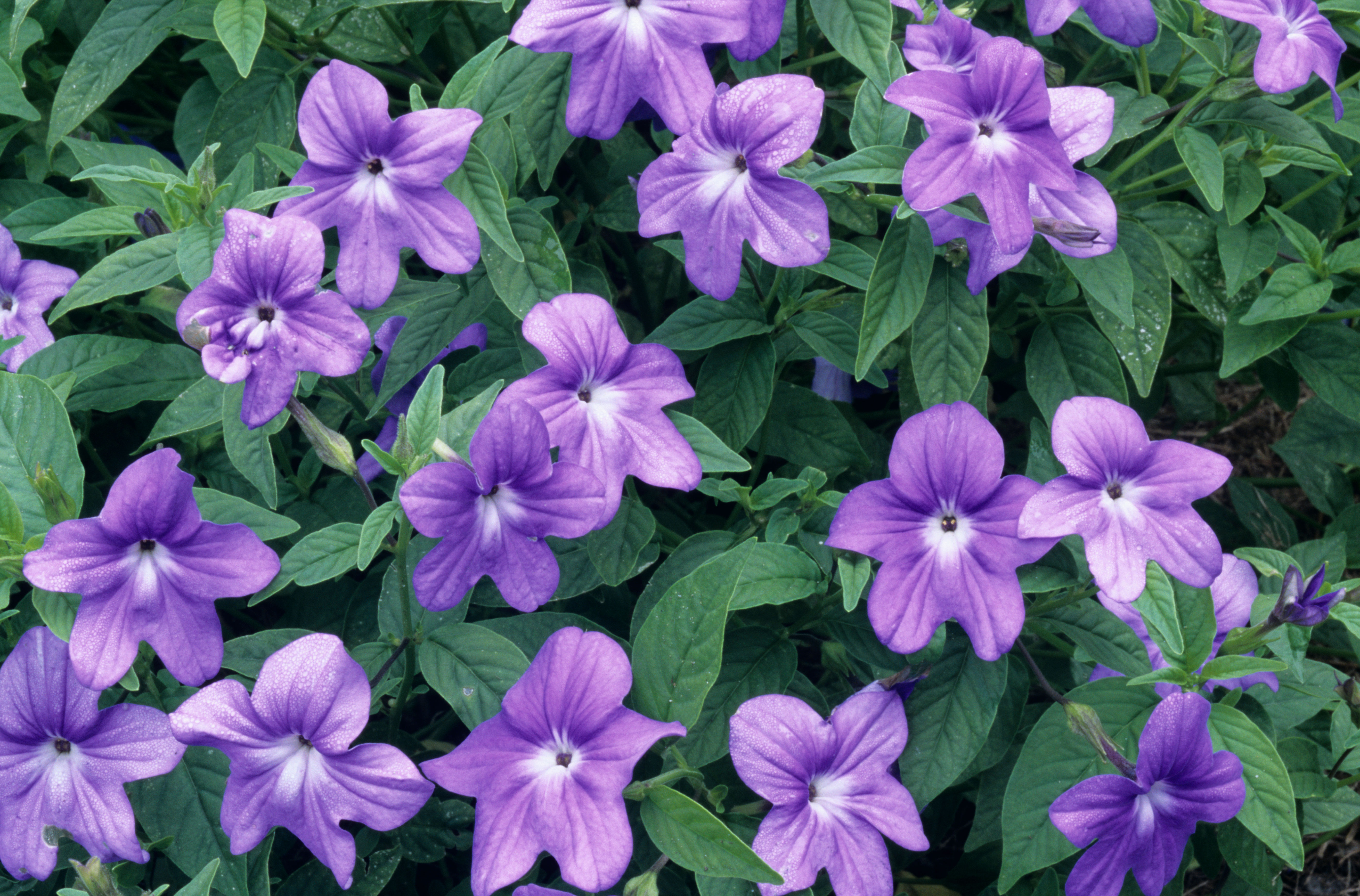

Use mulch to mitigate fungal growth and pests, but don't pile mulch too high up the stems of your plants. Speaking of mold and fungus, be sure to control the moisture around the base of your shade plants at all times. Consistently damp foliage could lead to moldy growth, mildew, fungus or decay. To avoid wet leaves, water at the base of the plant or use a soaker hose, and water in the morning instead of the evening. Provide your shade plants with at least one inch of water each time you soak them. In dry periods, water your shade garden once per week, especially if the shade comes from a rain-blocking shelter, like a roof or tree. Shade plants can be a bit needy when it comes to moisture-luckily, shady sites tend to retain moisture more readily than sunny ones. Shade plants are known for their un-finicky nature and their tolerance of low-light conditions. Consider the amount of shade when choosing your plants, and whether your planting site is truly dark or receives dappled sunlight. However, plenty of shade plants are available for your darker garden locations, in a wide range of heights, spreads, colors, and textures.

To keep a successful shade garden, use plants that really do tolerate shade-forcing sunny perennials into shady spots is a recipe for unhappy blooms and spindly stems. If you'd like more guidance on which shade plant to add to your garden, check out our blog on shade perennials. Browse our large selection of the best shade plants today to add texture, color, and contrast to your garden.
:max_bytes(150000):strip_icc()/oxalis-686794005-588c093a5f9b5874eeff7362.jpg)
If you're a gardening pro, or just getting started with gardening, our shady plants will meet your needs. Best of all, many of these varieties of plants for shade are low maintenance, requiring little care outside of occasional watering. Shade flowers even have eye-catching blooms in addition to their attractive foliage that can last all season long.


 0 kommentar(er)
0 kommentar(er)
